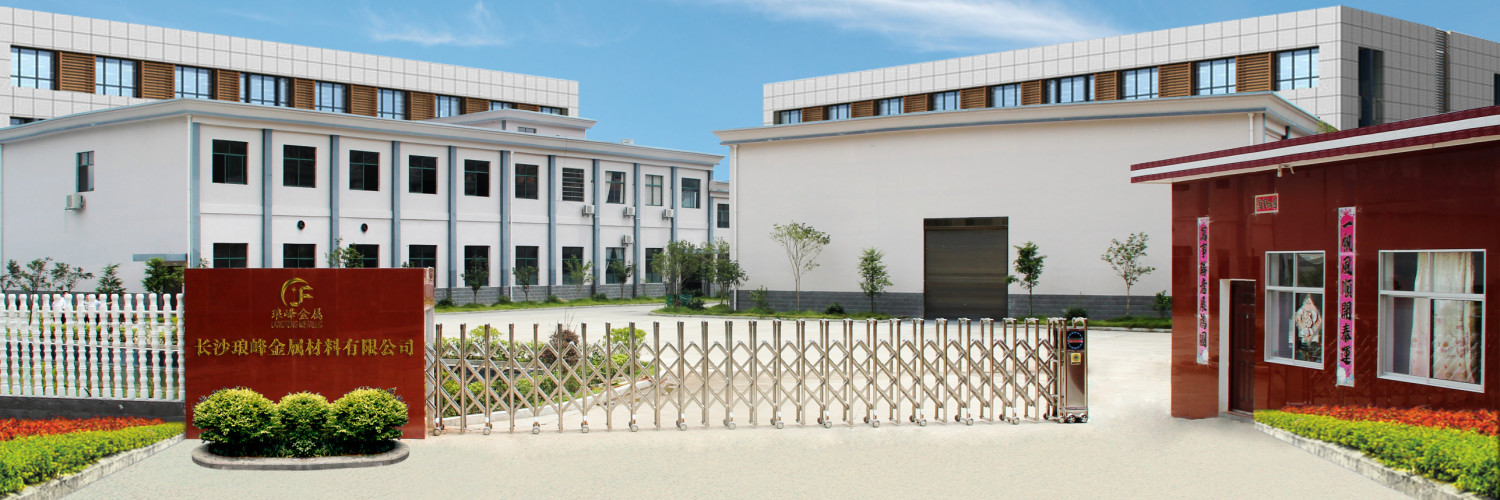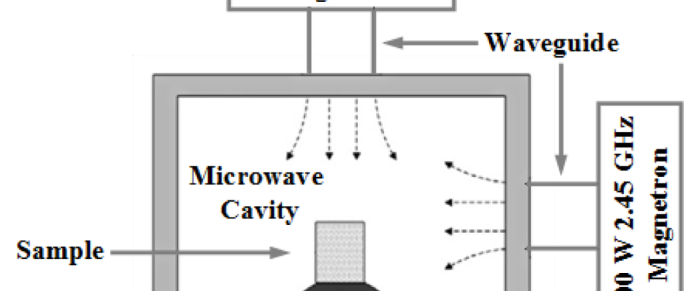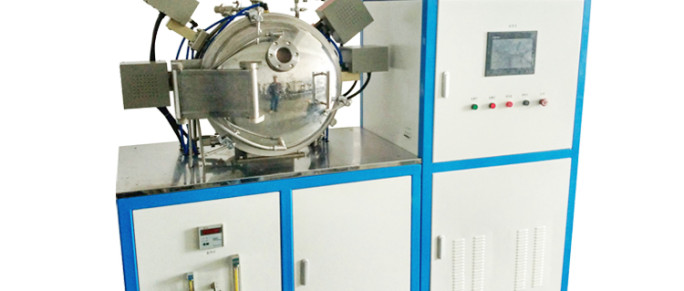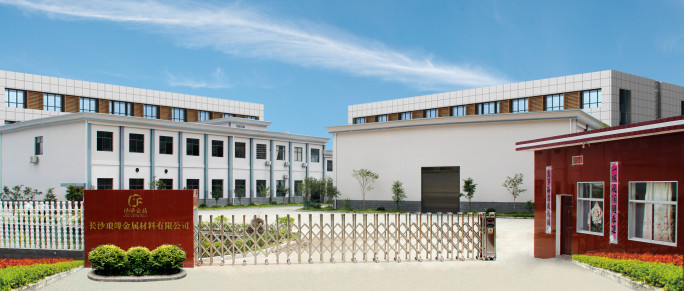The speed of electromagnetic waves penetrate the material with the speed of light is very close, so in the microwave band material molecular energy of electromagnetic energy can be converted to the time of one over ten million of a second faster than, this is the reason why microwave can form inside and outside the heating at the same time. Based on this, as well as with conventional sintering small heating principle, microwave sintering has the following several significant features: low sintering temperature, time is short, energy saving, no pollution. 1 For microwave of objects almost instant heating can be formed, and a large volume of material to achieve zero gradient zone uniformly heated, it can greatly reduce the sintering temperature and time, significantly improve production efficiency, reduce production cycle. And microwave energy can be directly absorbed by the material, if the sintering furnace insulation system designed well, then, there is little heat loss, high energy efficiency, energy saving than conventional sintering about 80%. Since the sintering time is short, the sintering process takes protective gas usage is also greatly reduced, reducing the small necessary pollution. 2 Economy easily get above 2000 ℃ ultra-high temperature It requires more than ordinary ceramic sintered 1300 ℃ high temperature, so that the high-temperature furnace heating elements, insulation materials and insulation materials put forward a very demanding, very high cost of manufacture and use. The use of the material itself is microwave dielectric loss heating, the entire microwave device only in a high temperature state of the sample, while the rest is still in the normal state, so that the entire apparatus structure is compact, simple, and low manufacturing cost. 3 Selective sintering For multiphase mixed material, for the same medium microwave absorbing the same ability to produce the same power dissipation, and thermal effects are the same, the Secretary to take advantage of this to a selective sintering of composite materials, research new materials and obtain materials more good performance. 4 Improve the microstructure and macroscopic properties of ceramic materials Because microwave sintering speed, time is short, thus avoiding the abnormal growth of grains during the sintering process of ceramic material, and ultimately obtained ultrafine grain structure material having a high strength and toughness. Stay tuned for detailed product information company official website:www.industryequips.com, please contact: angela@metalcarbidepowder.com
[Read More]






